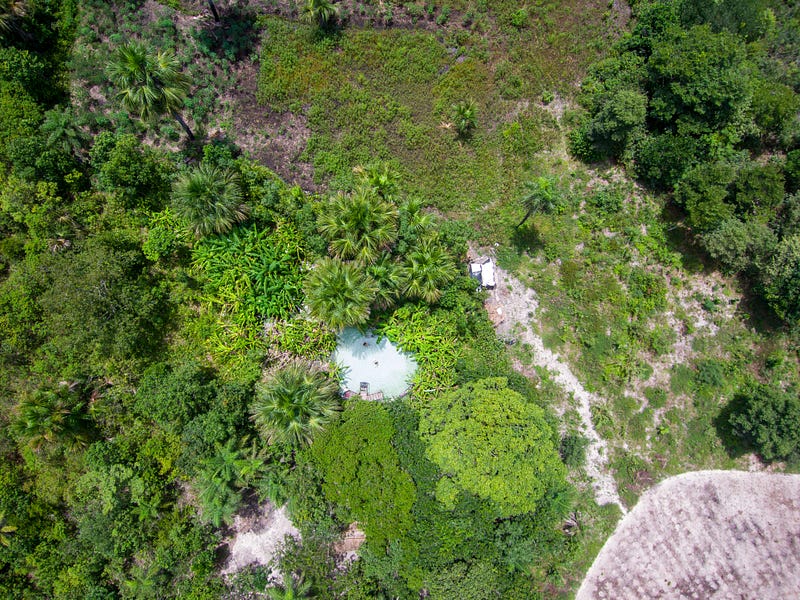Unveiling Brazil's Ancient Rock Art: New Discoveries in Jalapão
Written on
Chapter 1: Discoveries in Jalapão
In the heart of Jalapão State Park, Brazil, archaeologists have recently unveiled a remarkable collection of ancient rock paintings. These creations are estimated to be around 2000 years old.

The Jalapão State Park, encompassing roughly 400,000 acres, is situated in a remote section of the Cerrado, the largest savanna in South America. This region acts as a divider between the Amazon Rainforest and the Atlantic coastline, making it extremely challenging to access. Travelers must first fly to Palmas, the capital of Tocantins, and then endure a five to six-hour journey on unpaved roads to reach this secluded area.
Recently, Brazilian archaeologists from IPHAN have dedicated their efforts to studying this isolated region, leading to the discovery of 16 new archaeological sites featuring ancient rock art. The Brazilian Ministry of Culture announced these findings, which include engravings of human and animal figures, along with various symbols. Researchers believe these engravings date back approximately 2000 years.
“Factors such as vandalism, deforestation, and natural disasters like forest fires and erosion threaten the integrity of these newly uncovered sites. To safeguard these locations, we are initiating conservation and educational projects in the area,” remarked Romulo Macedo, an archaeologist with IPHAN who has been investigating the ancient signs of human life in Jalapão since 2022.
The first video titled "No one can decipher the mysterious ancient petroglyphs on Brazil's Rock of the Ingá" explores the intriguing history behind Brazil's ancient rock art and the challenges faced in understanding its meanings.
Chapter 2: A Long History of Human Presence
Macedo highlights that these new sites will contribute to a larger archaeological framework documenting the region's pre-colonial history. The oldest known evidence of human habitation in this area dates back an impressive 12,000 years.
Furthermore, as infrastructure development accelerates across the Amazon, a significant uptick in archaeological research has emerged throughout the Cerrado biome. This surge in activity has facilitated the exploration of previously unexamined sites. “Moreover, these archaeological structures highlight the region's significance as a convergence point between the Amazon Rainforest and the Cerrado ecoregion in central Brazil,” Macedo explains.
It remains unclear which culture is responsible for the rock paintings. Approximately 2000 years ago, several archaeological cultures, including Tapuia, Xerente, Kadiwéu, and Xavante, inhabited the Jalapão region. These groups had strong connections to nature, each defined by their own unique beliefs, rituals, and technological practices. Researchers hope that ongoing investigations will eventually yield artifacts that can link these sites to specific indigenous populations of Brazil.
The second video, "New Megalithic Discoveries In Florianópolis, Brazil!" showcases the latest findings in Brazilian archaeology, shedding light on the historical significance of these discoveries.
Mysterious Find: Giant Clay Pot Found by Archaeologists Raises Questions
In Kyrgyzstan, an ancient vessel resembling a giant pot has been unearthed, prompting numerous questions about its origins and purpose.
Dear Readers
I want to address a concern that affects content creators like myself on Medium.com. The compensation for our work is often inadequate, despite our dedication to producing meaningful content. If you enjoy my articles, please consider supporting me on my “Buy Me a Coffee” page. Your contributions, regardless of size, can inspire me to continue crafting engaging and thought-provoking pieces. Thank you for being part of this journey!

